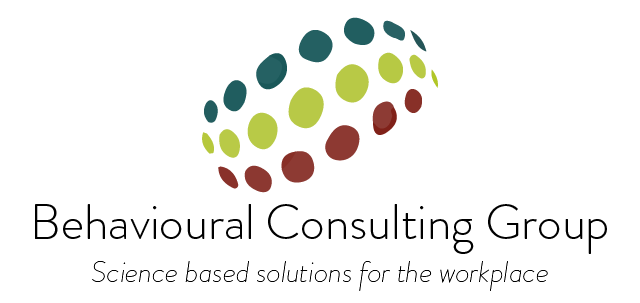Catch People Doing Something Right
As leaders we need to keep a close check on our orientation, specifically where we focus our energy and what we choose to look at. Many organisations and their leaders have a tendency to see problems first and spend a lot of their time finding solutions to these problems. This means that the focus of the leader is centered on what is not working and what is going wrong.
We Become What We Focus On
Whilst we know the logic behind the thought process that “We become what we focus on”, somehow we tend to throw this out the window when it comes to the corporate world. We often get fixated on things that don’t work and in the process, compromise what’s working. For example, a manager who puts his attention on the non-performers misses out on the performers; and if he/she spends too much time fixing the non-performers, he will lose the performers who do not want to be held back because others are not performing.
Some years ago when I implemented a quality program within one of my businesses, I decided that all our quality audits needed to focus on “catching people doing something right” instead of finding things that were not working. This meant that we provided the team with timetables in advance, on processes that we were going to audit, giving them a chance to fix things before the audit. We cycled through all the key processes within the company in this way, and in the process created ways to reward good behaviour. The good thing about this was, that it spread as people like rewards and compliments. Soon, the teams were focused on fixing things in advance of audits and demonstrating the behaviours that were conducive to overall quality improvement, which led to performance improvement.
Encouraging Positive Behaviours
In the book, Influencer, the authors talk about the study of positive deviance. To find the groups of people within a given environment who demonstrate vital behaviours that bring about positive outcomes. Within the context of an organisation, it is about identifying those people who are producing consistent results that are better than everybody else. If we as leaders empowered our teams to locate those who produce good results, and then study how they do it and what they do, we will be able to identify those behaviours that can shift the game positively for the whole company.
How do we do this? It stems from curiosity and a willingness to find what works in others. This is what good leaders live out in their work life because they create what they look for. It is a difficult thing to do – to disconnect from the day to day drama and turn away from the constant “fire fighting”. In truth, you are not turning away from the problem…you are merely looking to solve the problem by identifying behaviours that create results that are opposite to the problem on hand.
Small shifts in behaviour can drive a big change, in the case of a medical centre that studied positive deviance amongst their healthcare professionals, they found that it boiled down to just 5 behaviours that led to customer satisfaction. These are: smiling, making eye contact, identifying oneself, letting people know what you are doing and ending every interaction by asking “Is there anything else that you need?” Sounds like simple common sense stuff but by marking this out as a sequence for all their healthcare professionals to do, they were able to improve customer satisfaction dramatically.
When we focus on the high impact, critical behaviours that lead to the desired results, we help our employees to prioritise and cut out the distractions. What separates a mediocre leader from a great leader is his or her ability to make these successive approximations towards the desired goal to shape performance.
Imagine what change you could bring to your whole organisation by just shifting your focus!
~ Lita

